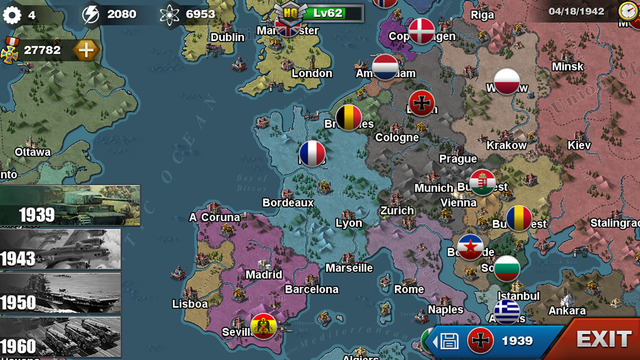

Although a majority of the Mexican citizens encountered by Pershing's forces wanted Villa captured as much as the Americans did, their hatred for the United States was even stronger, and they gave the U.S. Working airplanes were not enough to locate Villa. Frederick Funston that "the aeroplanes have been of no material benefit so far, either in scouting or as a means of communication. They have not at all met my expectations. The further south Villa goes into the mountains the more difficult will be their tasks, and I have no doubt we shall soon be compelled to abandon them for either scouting the enemy or keeping in touch with the advance columns." 4 Gradually the airplanes were replaced, and the commander of the First Aero Squadron, Benjamin Fouloius, happily reported that the "squadron rendered efficient service in reconnaissance and in maintaining communications with the troops away from the base camp." 5 The airplanes sent for use by the First Aero Squadron proved to be inadequate because they did not have enough power to overcome the erratic winds or to climb high enough to cross the mountains of northern Chihuahua. Pershing complained in a report to Brig. The expedition also had to reply on mules and wagons to a large extent to keep supplies moving. As a result, engineers had to rebuild many of the roads. 3 Moving supplies by truck was no easy feat during the expedition, however, because roads depicted on available maps turned out to be nothing but trails that were impassable during wet weather. The funds were well spent as more than ten thousand tons of supplies were eventually delivered by truck to Pershing. Word of this dilemma was forwarded to Secretary of War Newton Baker, who was somehow able to spend $450,000 of unappropriated funds to purchase new trucks. Nothing of this magnitude had ever been attempted by the U.S. Logistically, the Punitive Expedition started as a nightmare.
#WORLD CONQUEROR 2 EXPEDITION TO AMERICA FULL#
Pershing reported that "supplies are coming in as rapidly as transportation will permit" 2 The army's telegraph lines also needed constant attention since the Mexicans made a sport of cutting the wires. The Punitive Expedition learned the hard way that Carranza had little interest in cooperating with the efforts to capture Villa.īy April 8, General Pershing was more than four hundred miles into Mexico with a troop strength of 6,675 men. The expedition set up its headquarters in the town of Colonia Dublan and its supply base on a tract of land near the Casas Grandes River. Having no idea how long he would be in Chihuahua or how much further he would have to penetrate to locate Villa, Pershing wanted to ensure that his army was well supplied. Since the expedition was denied the full use of the Mexican railway system, Pershing turned to his motor transport companies. The only problem was that the army did not have enough trucks to transport the food, clothing, weapons, and ammunition stored at Columbus. 1 The army was under the impression that Carranza would allow the expedition to ship supplies over the Mexican Northwestern Railway, but initially he refused. Several weeks into the expedition, Carranza made some concessions and allowed the Americans to use the railroad, but by then supplies were already moving by horse and primitive Dodge trucks, which habitually broke down. Still, Brig. Pancho Villa's raid on Columbus, New Mexico, on March 9, 1916, prompted the United States to organize an expedition in retaliation. While the army prepared for the expedition, Secretary of State Robert Lansing negotiated with Venustiano Carranza to allow the United States to enter Mexico without interference. Carranza balked at granting approval to the expedition. As a compromise, he insisted that his own troops would track down Villa. The United States refused his offer, and after a week of fervent bartering, Carranza reluctantly agreed to allow the Americans across the border as long as they strayed no further than the state of Chihuahua.

3) discussed the tumult following the 1910 Mexican Revolution and American concerns over the civil war in Mexico.

Part 1 of this article in the fall issue (Vol. 4 | Genealogy Notes By Mitchell Yockelson The United States Armed Forces and the Mexican Punitive Expedition: Part 2


 0 kommentar(er)
0 kommentar(er)
